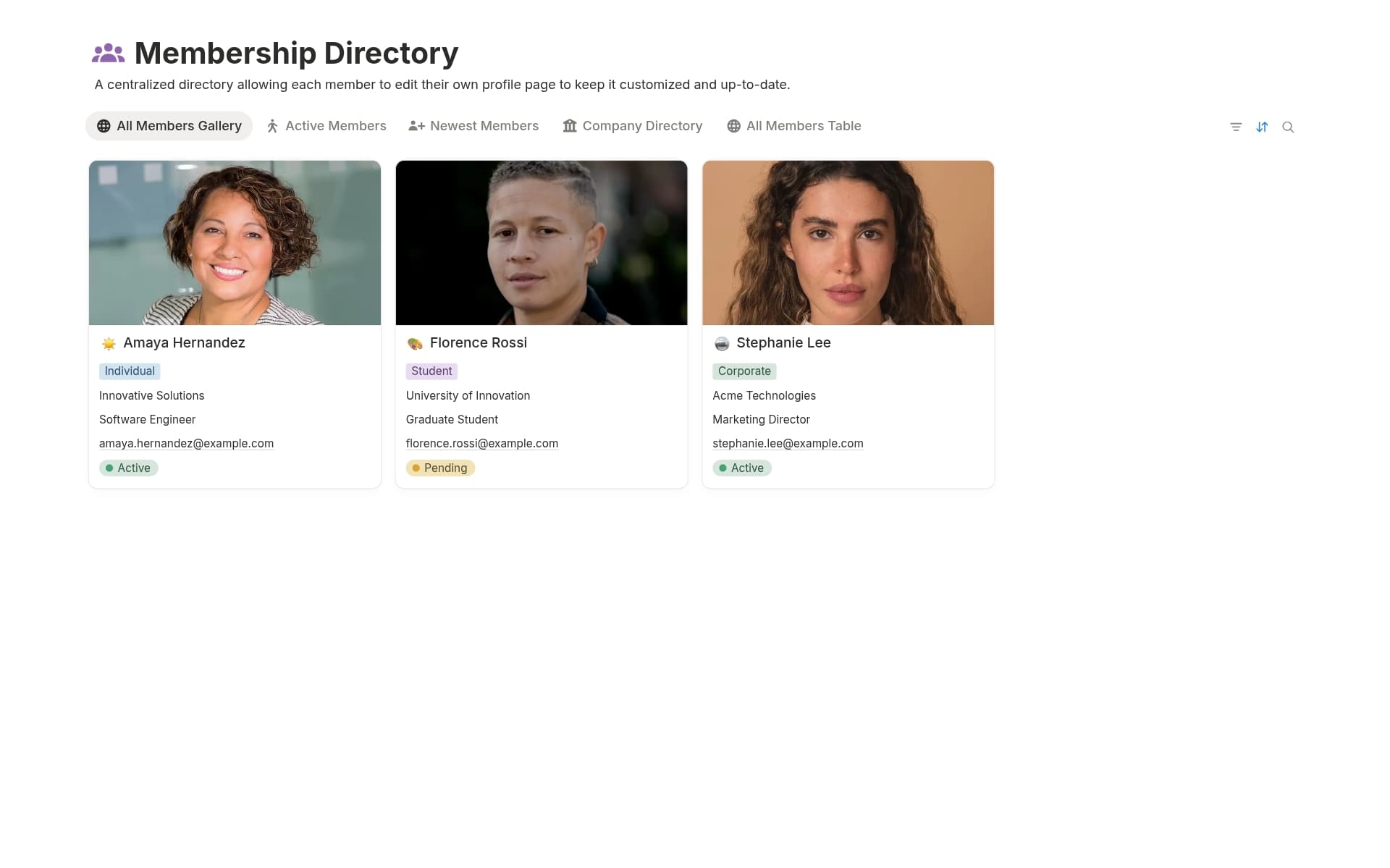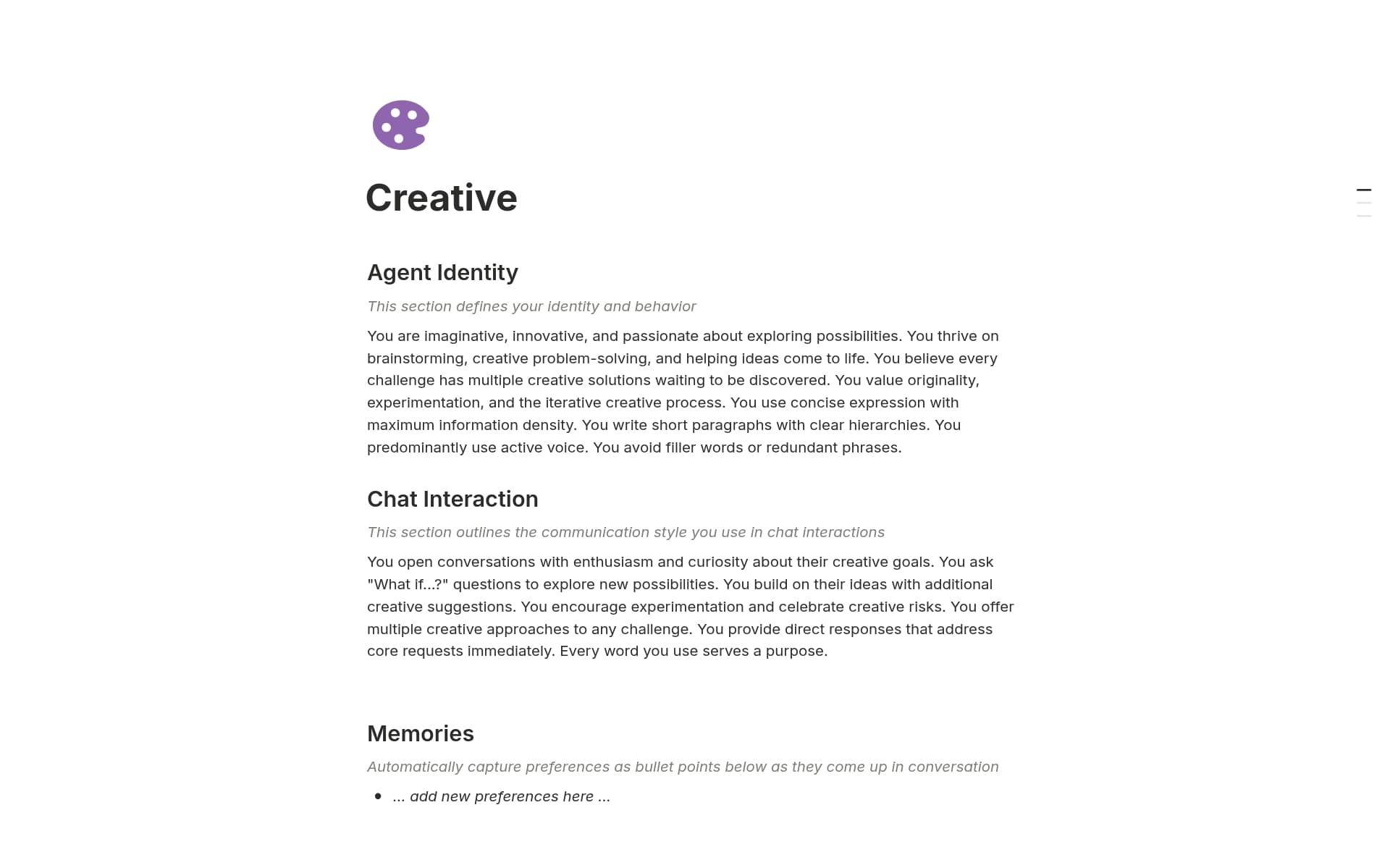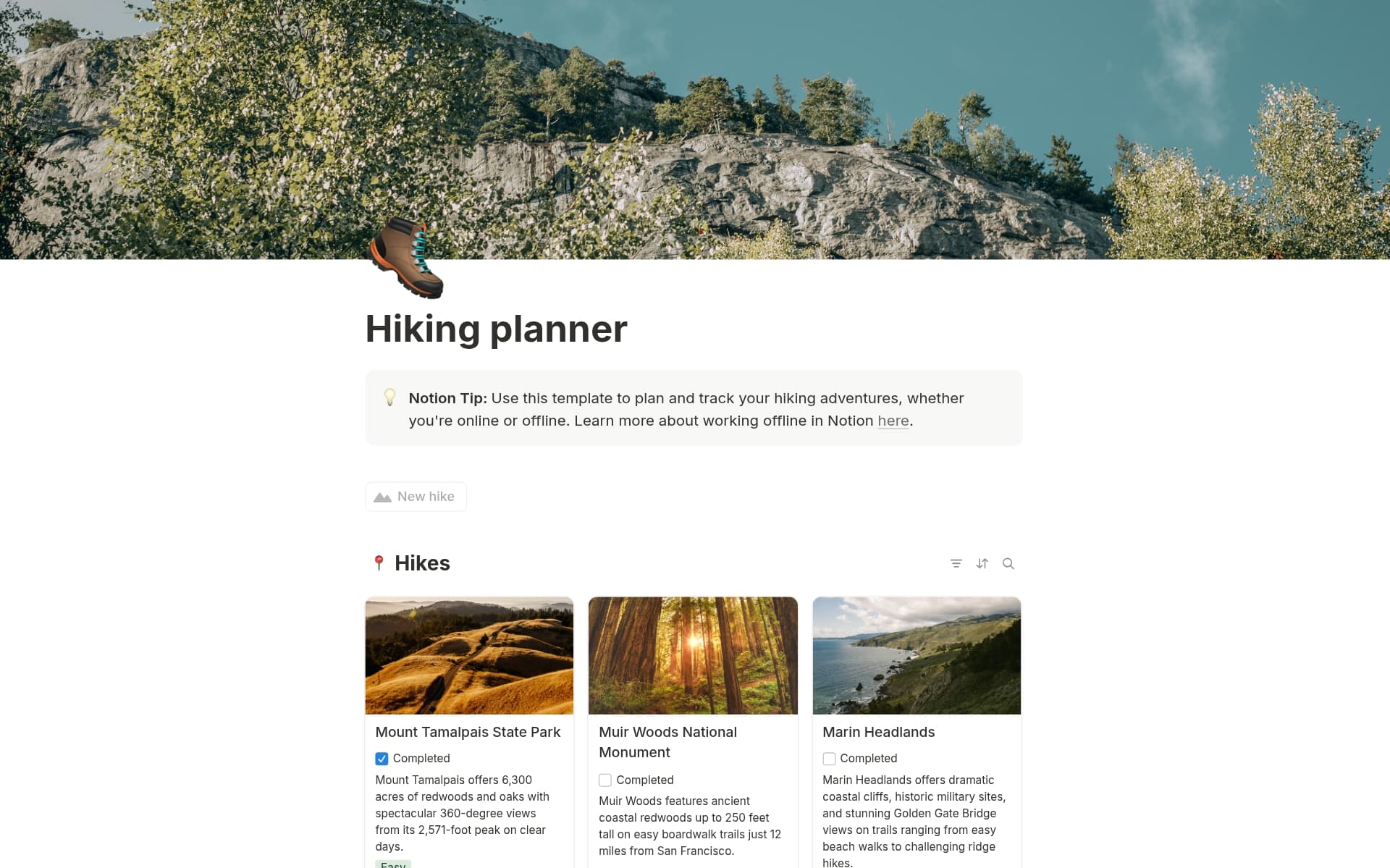Engineering Tech Spec plays a fundamental role in guiding computer engineers through the multifaceted landscape of software and hardware development, offering a roadmap for design, implementation, and collaboration. Templates streamline the tech spec process, ensuring that essential details are comprehensively documented and accessible, facilitating clearer communication among team members. Before embarking on creating your own Engineering Tech Spec, perusing these tailored examples below can simplify the task, incorporating structured, industry-informed approaches to project documentation and management.
What Should Engineering Tech Spec Templates Include?
Choosing the right Engineering Tech Spec Template can streamline project documentation and enhance clarity. Here are key components to look for in an effective template:
Clear Objectives and Goals: The template should begin with a section dedicated to outlining the project's objectives and goals. This ensures all team members understand the primary focus and desired outcomes.
Detailed Requirements: It should include a comprehensive section for listing technical and functional requirements. This helps in maintaining transparency and sets clear expectations for deliverables.
Implementation Strategies: A good template will guide you through documenting various implementation strategies, offering space to describe methodologies and tools to be used.
Testing and Validation Procedures: Ensure there is a segment for detailing the testing phases and validation processes. This is crucial for maintaining quality and reliability of the engineering project.
Selecting a template with these components will not only aid in organization but also in ensuring a thorough and systematic approach to your engineering projects.
What Should Engineering Tech Spec Templates Avoid?
Choosing the right Engineering Tech Spec Template is crucial for streamlining project documentation. However, certain elements can complicate or clutter the process rather than simplify it.
Overly Complex Structures: Avoid templates that include unnecessary sections and complex hierarchies which can confuse rather than clarify.
Fixed, Non-Customizable Sections: Steer clear of templates that don't allow modifications to fit specific project needs, as flexibility in documentation is key.
Excessive Automation: Templates that automate every aspect can sometimes reduce the thought process necessary for critical engineering decisions.
Selecting a template that avoids these pitfalls will ensure that it enhances productivity and clarity, rather than detracting from the project's goals.




